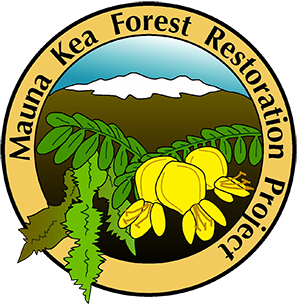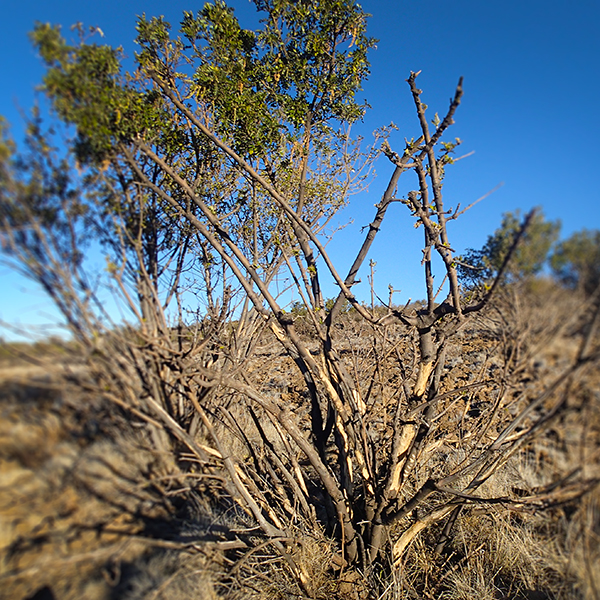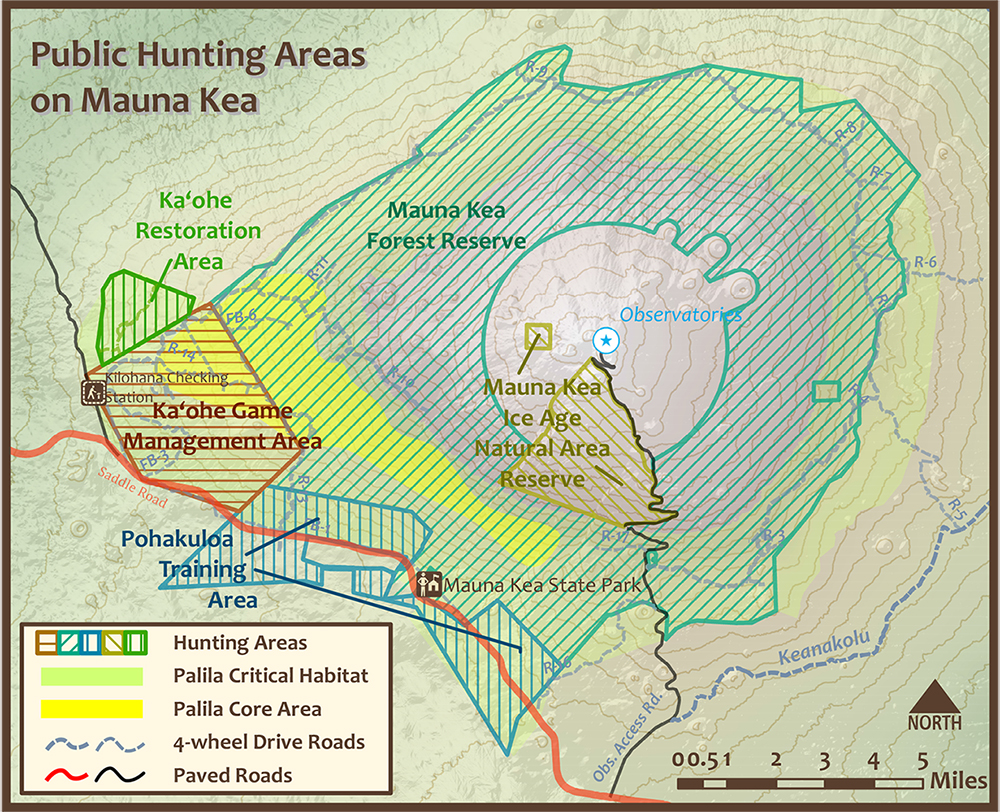
Management
After centuries of negative impacts from introduced animals, insects, and invasive plants, the high-elevation forest of Mauna Kea and its wildlife need our help. With intensive management by partnerships with the State and Federal governments, non-profits, and volunteers, the forest will be protected for generations to come.
|
Sheep Eradication from Palila Critical Habitat
A federal judge first ordered DLNR to remove feral sheep and goats from palila critical habitat in 1979. In 1987, the judge ordered DLNR to also remove all mouflon sheep and in 1998 he required DLNR to use aerial shooting as a tool to eradicate sheep from palila critical habitat. Public hunting and aerial shooting are the two main tools that are used. Public hunting
To meet the court orders, hunting seasons set after 1979 by DLNR for sheep in palila critical habitat became increasingly liberalized and by 1999, there was no bag limit and the hunting season was opened year-round except during the game bird hunting season. Hunters can use rifles in Mauna Kea Forest Reserve but in Ka‘ohe Game Management Area, sheep hunting is only permitted with archery except during special seasons muzzleloaders are allowed. Public hunters removed 6,958 sheep from palila critical habitat from 1999-2012. It is likely that the remaining palila on Mauna Kea are there in part due to sheep hunters. Hunting activity is heaviest in the area palila still occupy because this area also provides the best vehicular access to Mauna Kea due to a good network of 4wd roads. While browsing damage still occurs here, it is reduced by hunting pressure that temporarily pushes sheep away from the area. However, areas further away from roads not hunted as frequently serve as refuges and heavier browsing damage commonly occurs in those areas. For legal hunting methods and seasons, consult the State's Rules Regulating Game Mammal Hunting and Rules Regulating Game Bird Hunting.
Hunter above treeline on Mauna Kea. Browsing and bark stripping by sheep stunt and even kill young māmane trees.
Map based on State of Hawai‘i's Rules Regulating Game Mammal Hunting and Rules Regulating Game Bird Hunting. Aerial shooting
DLNR was ordered by federal judge Samuel King in 1998 to conduct aerial shoots at least two times per year. From 1999-2012, DLNR removed 5,469 hybrid-mouflon sheep and 147 feral goats from palila critical habitat with aerial shooting. Nearly 50% of the sheep removed during this period were salvaged by individuals that obtained a salvage permit from DLNR. After years of effort and thousands of non-native animals removed from palila critical habitat by aerial shooting and public hunting, large numbers of sheep remained on Mauna Kea and damage to the native forest has continued. To address the situation, DLNR took several steps. (a) A 6-foot tall fence was built around the southern half of Mauna Kea that stops all non-native browsing animals from entering palila critical habitat from neighboring lands. (b) DLNR also developed a Ungulate Removal Plan for Palila Critical Habitat which provided a strategic plan completing the eradication. (c) DLNR applied for funding from the U.S. Fish and Wildlife Service's State Wildlife Grant (Competitive) to implement the Ungulate Removal Plan for Palila Critical Habitat and also to restore habitat for palila. DLNR was one of five States awarded funding from this grant in 2012. With additional funding, DLNR has intensified aerial shooting efforts in 2013-2014 by conducting 22 days (as of February 6,2014) of aerial shooting and removed 2,150 hybrid mouflon sheep and 26 goats. Future aerial shoots are scheduled for March 19-20, April 16-17, May 14-15, and June 25-26.
Aerial shooting is an effective method of controlling sheep in hard to reach areas and rugged terrain.
|




